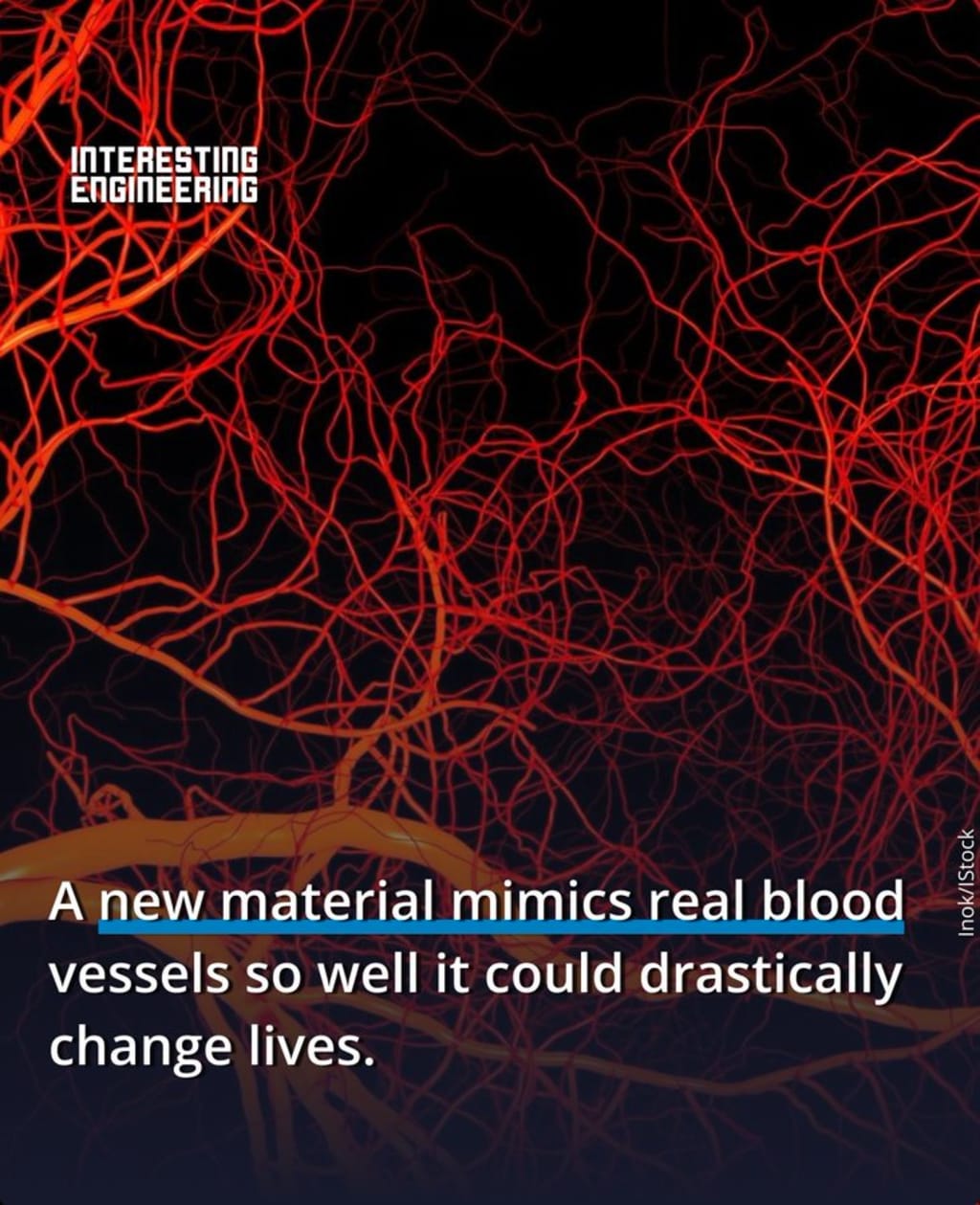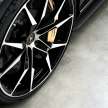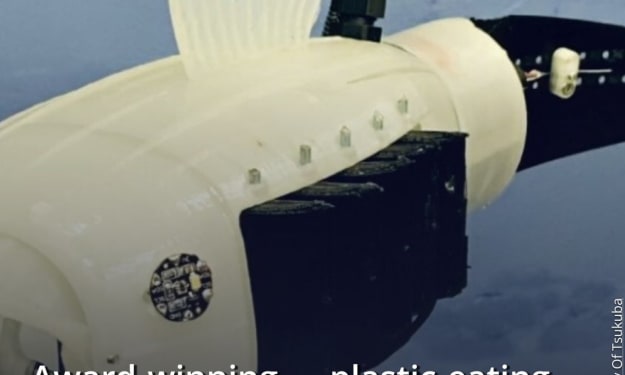A New Material Mimics Real Blood Vessels So Well it Could Drastically Change Lives
The future of surgery could see significant changes.

A team of scientists led by the University of Sydney created a new technology that enables the manufacturing of materials that mimic the structure of living blood vessels. This could change the future of certain surgeries and of many people's lives.
In preclinical tests carried out in mice, the researchers found that manufactured blood vessels transplanted into the mice were successfully accepted by their bodies, with new cells and tissue growing in the right places.
In other words, the new blood vessels transformed themselves into "living" ones, explained an article published by the University of Sydney. “Nature converts this manufactured tube over time to one that looks, behaves and functions like a real blood vessel,” said Professor Weiss, senior author of the research.
Manufactured blood vessels and their uses
This isn't the first time scientists try to build blood vessels for transplantation. However, this marks the first time scientists have seen the vessels develop with such a high degree of similarity to the complex structure of naturally occurring blood vessels.
“The technology’s ability to recreate the complex structure of biological tissues shows it has the potential to not only manufacture blood vessels to assist in surgery, but also sets the scene for the future creation of other synthetic tissues such as heart valves," explained Prof. Weiss.
This news is especially important for children. Currently, when kids need a new blood vessel, surgeons have to implant synthetic ones into them. These only work for a limited amount of years because children outgrow them and then need more surgeries to implant new ones.
"This new technology provides the exciting foundation for the manufactured blood vessels that to continue to grow and develop over time," said co-author Dr. Christopher Breuer of the Center for Regenerative Medicine at Nationwide Children's Hospital and the Wexner Medical Center in Columbus, U.S.
This new technology mimics naturally occurring blood vessels by allowing a series of concentric elastin rings to develop naturally within the walls of implanted tubes. The elastin protein is what allows vessels to have elasticity and to have the ability to stretch. In turn, this makes the rings elastic, which enables blood vessels to expand and contract with blood flow.
The reason this new technology works so well is that it is manufactured from two naturally occurring materials that are well tolerated by the body, as was shown in the preclinical trials on mice.
“Tropoelastin (the natural building block for elastin) is packaged in an elastic sheath which dissipates gradually and promotes the formation of highly organised, natural mimics of functioning blood vessels," said lead author of the study and bioengineer Dr. Ziyu Wang from the University of Sydney’s Charles Perkins Centre.
To make it even better and easier to maintain and transport, the manufactured tube can also be safely stored in a sterile plastic bag until transplantation.
The study was published in the journal Advanced Materials.
Abstract:
After implantation in mouse abdominal aorta, the graft develops distinct cell and extracellular matrix profiles that approximate the native adventitia and intima-media by 8 weeks. Within the newly formed intima-media region there are circumferentially aligned smooth muscle cell layers that alternate with multiple EL similar to that found in the arterial wall. By 8 months, the developed adventitia region contains mature collagen fibrils and the neoartery presents a distinct IEL with thickness comparable to that in mouse abdominal aorta. It is proposed that this new class of material can generate the critically required, organized elastin needed for arterial regeneration.
DSUDHSKD CJCXJ CKXJCJXC XKAUDD AKDIWD FDIDDBCK XCBXC ADH
About the Creator
Enjoyed the story? Support the Creator.
Subscribe for free to receive all their stories in your feed. You could also pledge your support or give them a one-off tip, letting them know you appreciate their work.






Comments
There are no comments for this story
Be the first to respond and start the conversation.